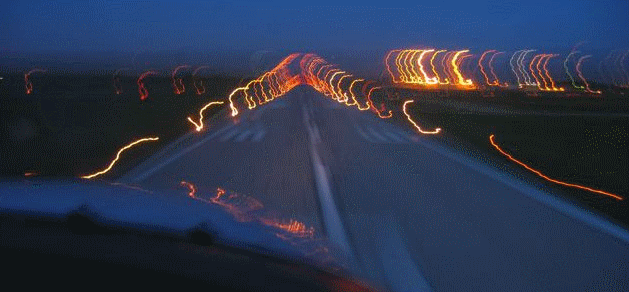Photography by Mrs Wilko

Long ago I was assigned to read a book by the famous aviator Antoine De St Exupery :Vol de Nuit (Night Flight) in French, with novels distributed by the professor prior to the test in two weeks. Thinking this to be too much of a chore, I raced to check out the only version of the book in English at the University library. The book, about an airmail pilot flying the Andes Mountains at night, made a lasting impression. Much more enjoyable in English and I confess, made the test a snap.
Flying at night is still one of the Great Aviation Adventures. An after hours visit to land in downtown Chicago and view the skyline was one of the best. Thousands of lights glimmered from the massive towers scraping the sky. Cars glided by, seemingly in slow motion, as I made the approach to Meigs Field. Altitude and position were precise. Remain under the class B shelf, outside of Midway Class C and announce your position before entering the airport’s class D. In the alphabet soup of aviation, most airspace is less restrictive below FL180 but not in the “Second City”.

An engine out would offer little altitude and few options among the densely packed buildings. Blue lights raced by as the plane squeaked onto runway 18. Surrounded by water on all sides, Meigs was as close as I would ever get to landing on a carrier, which is to say, not very. It was one of Chicago’s unique treasures and well-known as the default takeoff field in early versions Flight Simulator. Now, it’s just a park. Mayor Daley bulldozed the runway in the middle of the night after 9/11. After paying the landing fee and a quick pre flight, I taxied behind a King Air and launched into the sky. I focused on best rate of climb but kept sneaking a view to the left as I saw my plane reflect off mirrored skyscrapers. I loved it. On the return west, the air was smooth as glass. No longer are hills distinguishable from plains. The cities are lit, as constellations that appear across the dusk and, in between, a luminous carpet. My navigation lights flashed back in greeting.
Later, I was invited to fly with Dan, a great guy who allowed me to be pilot in command of his 1958 Skyhawk. First impressions instilled many thoughts. Confidence wasn’t one of them. The plane had older instrumentation and seemed airworthy but I was to learn it had a few “quirks”. We took off from a remote airport before civil twilight. After traveling to nowhere in particular we returned to the airport to land. Both of us saw the interior lights flicker. “What’s that” I asked. “Dunno” said Dan. It happened again. Within five miles of the field everything went dark. No position lights. No interior lights. No landing lights. No radio. This plane had fuses and the main bus was blown. More nettlesome was the fact that the runways had pilot controlled lighting. These are turned on by the aircraft radios that… needed to be turned on. The airport remained almost as dark as a hat full of holes. We chose to make the approach anyway, using the small amount light from a quartering moon. Flashlights were used to view instruments. I hoped no other plane was in the vicinity since we could neither communicate nor be seen without electricity. Gratefully, the magnetos churned the power to keep the engine humming. I did my best to line up with the longer runway without either runway lights or the plane’s landing light to guide the way. The landing gear groped in the dark for pavement. I hoped it was somewhere down there, as the decent rate reduced to a crawl. We landed without initially knowing we were on the rollout. It was luck, not skill.
I hoped the Aviation Gremlins were through with me for a while but they were just getting warmed up. They had more fun lined up during a flight in zero visibility (IMC) for their entertainment.


No comments:
Post a Comment